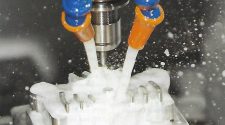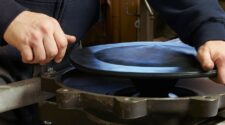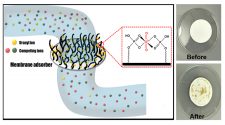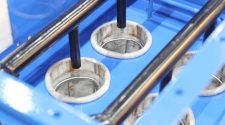Ozone and AOP Could Help Rainwater and Runoff Play a Bigger Role in Reuse
Ozone and rainwater have always had a close connection, as anyone who has smelled the distinctive odor of ozone after a thunderstorm can attest. But the next phase of the ozone/rainwater connection could be at hand as the water purifying power of ozone is harnessed to treat rainwater for reuse.
The need is immediate and growing, thanks to a rising population, urbanization, and a changing climate. Many parts of the world are experiencing increasing variability in rainfall, flashier storms, and greater water demand. At the same time, the vast spread of impermeable surfaces – including roads, parking lots and roofs – require stormwater to be captured, stored, moved, and used elsewhere. It is no longer enough, or even possible, in many areas to simply let rain soak into the ground. Today, storms become floods more quickly than ever, and we must actively control and manage stormwater to avoid overwhelming damaged watersheds. We must also be cognizant that the surfaces from which we harvest rainwater, or the roiling floods we seek to control, contribute pollutants to their systems. As we take on the responsibility for managing stormwater, ozone and aeration will become an ever-larger part of water reuse.
Ozone has been used in drinking water treatment since the first commercial installation at a water utility in Nice, France, in 1906. It has proven itself over more than a century around the world in controlling taste and odor compounds, bacteria, viruses, and more.
Ozone, or O3 – a radical containing three oxygen atoms rather than the usual, stable two-atom form that we breathe – is extremely reactive. Its third oxygen atom is extremely prone to jumping off the ozone formation to join another molecule, often cleaving the target molecule to make the reaction. The result is oxidation, a process that can burst microbes, destroy biofilm, and neutralize taste and odor compounds instantly. In fact, ozone is second only to fluorine for oxidation potential, and is significantly more reactive than hydrogen peroxide and chlorine. Contact time is negligible, and excess ozone returns quickly to the more stable, environmentally benign O2 form in moments.
In addition, unlike chemical additives that must be transported and stored carefully, ozone can be produced on-site in a high-energy chamber where liquid oxygen or air are exposed to high voltage. It is truly lightning in a bottle.
Over a Century
Ozone has been used in drinking water treatment since the first commercial installation at a water utility in Nice, France, in 1906. It has proven itself over more than a century around the world in controlling taste and odor compounds, bacteria, viruses, and more. Early ozone treatment systems employed passive diffusion, such as fine bubble emitters in deep contact basins, to transfer low
concentrations of ozone into target water. Under the pressure created by the weight of deep water, ozone bubbles can be absorbed into the pool as they float toward the surface.
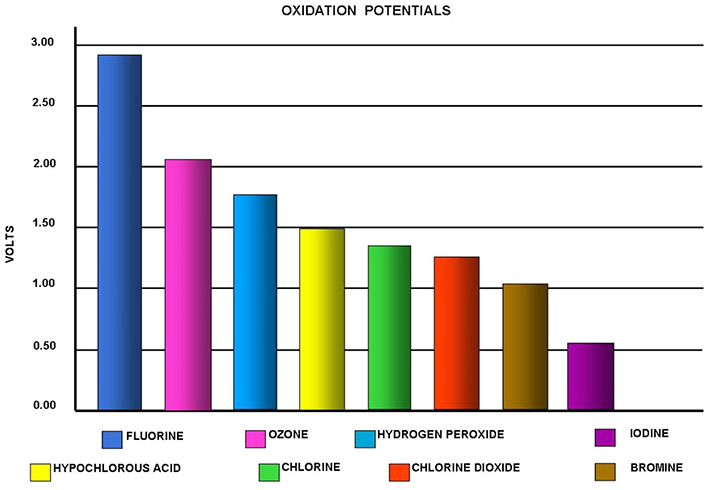
In recent decades, improvements in ozone generators have dramatically increased ozone concentration, making it more efficient to use the flow of water through venturi injectors to create a vacuum that draws in ozone and mixes it thoroughly with the stream. The result is nearly instant treatment in shallow contactors or even just a few meters of pipeline. Mass transfer efficiencies exceeding 95% are possible through venturi injection systems, minimizing unnecessary ozone generation and energy use, and maximizing the control of pathogens and taste and odor compounds.
Another high-efficiency innovation has also helped bring ozone to the fore: combining ozone with UV disinfection or hydrogen peroxide yields advanced oxidation processes, or AOPs. Ozone can also be paired with biologically active filtration (BAF) systems for multi-layered purification.
Many of the same microbes that present health risks in drinking water – including Giardia, Cryptosporidium, Campylobacter, Rotavirus, and Legionella – are concerns in stormwater, particularly when the water is aerosolized into particles that can be drawn into the lungs. Aerosols can be formed through sprinkler application, water features or aeration jets in retention basins, or even flushing toilets. Exposure to Legionella through aerosolized water is no idle worry – in 2019, more than 130 visitors to a state fair in North Carolina were sickened by Legionella, most likely after they passed by hot tubs on display. Four died. The threat is persistent – the U.S. Centers for Disease Control estimates that Legionella is responsible for 8,000 to 18,000 hospitalizations per year.
Highly Effective on Legionella
Storage tanks and pipes used for rainwater are also prime environments for the formation of biofilm, durable coatings that can shelter pathogens from disinfectants like chlorine or bromine. Biofilm has been implicated in severe outbreaks of Legionnaire’s disease and the milder Pontiac fever, both caused by exposure to Legionella bacteria. Legionella is commonly found in rainwater storage tanks, drainage piping that contains stagnant water, and stormwater retention ponds, as well as cooling towers and other structures where biofilm can proliferate.
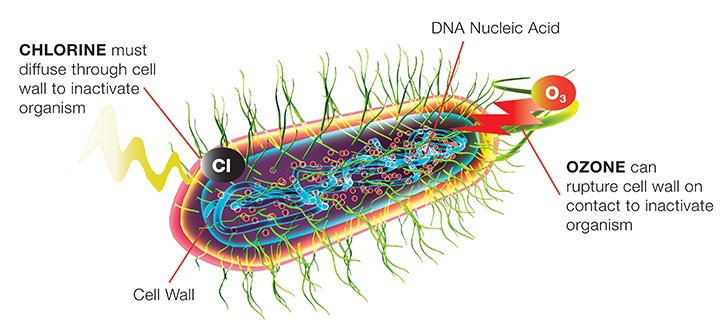
Fortunately, ozone is highly effective in controlling Legionella and other bacteria. In fact, while chlorine must diffuse through bacterial cell membranes to destroy the pathogen’s DNA, ozone bursts the cells themselves in an immediate, violent reaction.
Using the flow of water pumped from a rainwater storage tank or retention basin, ozone can be drawn into carefully engineered venturi injectors and mixed thoroughly with the water. Treated water may be returned to storage, used for a wide range of applications — from irrigation to decorative fountains or more — or injected to treat a larger volume through a pipeline flash reactor (PFR), contact basin, or manifold in a sidestream injection system.
AOP systems that combine ozone with UV or hydrogen peroxide treatment can provide an even higher level of purification for more sanitary uses of stormwater. The same efficiencies can apply: a venturi that uses the flow of water through the injector to draw in ozone from a generator and mix it thoroughly, a few feet of pipe or a small basin for a contactor, and a simple destructor unit to address any residual ozone.
In turbid stormwater, ozone treatment can remove cloudiness and make UV more effective as a second layer of disinfection or minimize solids that can tie up hydrogen peroxide or chlorine.
Computational fluid dynamics (CFD) is another powerful tool that has amplified the effectiveness of ozone systems, allowing engineers to fine-tune designs to maximize gas transfer, guide pump size and placement, and optimize energy efficiency. In the case of pipeline flash reactors, nozzles can be sized and precisely placed to make sidestream injection systems as efficient as possible; static mixing vanes can be placed and angled to turn the flow of water into a powerful mixing force. Through CFD, injection systems can be designed with extremely high turndown capabilities, allowing engineers to prepare for a wide range of flows from gentle rains to violent floods.
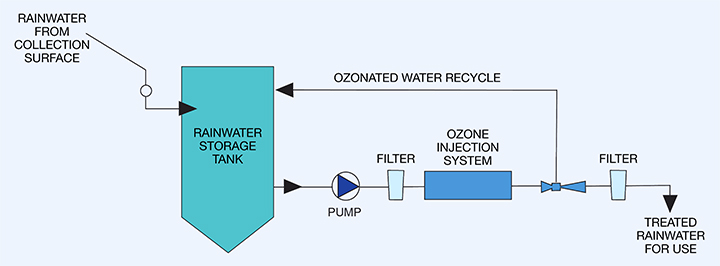
The same technologies – venturi injection, pipeline flash reactors, and CFD – can be employed in simpler aeration projects, allowing communities or industries to add dissolved oxygen to stormwater in preparation for environmental release. In the end, the goal is the same: permitting the safe, effective, efficient reuse of rainwater and stormwater for a wide range of applications, while safeguarding public health. Now, more than ever, our future depends on it.



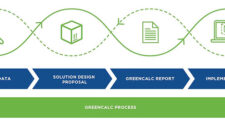

![Figure 1: Heat Exchanger Proventics GMBH.[22]](https://www.filtnews.com/wp-content/uploads/IFN_2_2024_crimpedmicrofiberyarns_Fig.-1-Heat-exchanger-225x125.jpg)
